Miroslav Verner
Abusir I. The Mastaba of Ptahshepses: Reliefs, vol. I-II
Charles University, Prague 1982
This two-volume work is dedicated to the analysis and publication of the reliefs preserved in situ in the area of the mastaba of Ptahshepses. The first volume contains the text, the second consists of the drawings of the individual reliefs.
Miroslav Verner
Abusir II. Baugraffiti der Ptahschepses Mastaba
Czech Institute of Egyptology, Prague 1992
The publication of building graffiti found on the walls of the Mastaba of Ptahshepses. Building graffiti represent an important source of information about the organization of ancient Egyptian construction works, their creation and the people who had built them.download
Miroslav Verner
Abusir III. The Pyramid Complex of Khentkaus
Charles University in Prague and Academia, Prague 1995
The unique pyramid complex of Khentkaus (the ‘mother of two kings’ who lived around 2500 BC) was discovered by the Czech Institute of Egyptology in 1976. This volume provides the final report on the excavation as well as specialist reports on the masons’ marks, the fragments of papyri and reliefs, and the sealings. It also contains an evaluation of the architectural remains and some conclusions about what this find tells us about Egyptian history at the beginning of the 5th Dynasty.
Ladislav Bareš
Abusir IV. The Shaft Tomb of Udjahorresnet
Charles University in Prague, Prague 1999
This report describes work in the 1980s and 1990s on the tomb of Udjahorresnet, a prominent official who participated in the Persian occupation of Egypt around 525 BC and may even have been one of their main collaborators. As well as chapters on the results of excavations, on the development of the Saite-Persian shaft tomb tradition, and the finds, this book presents a full review of what we know about this colourful 1st Millennium BC figure.
Miroslav Bárta
Abusir V. The Cemeteries at Abusir South I
Set Out and the Czech Institute of Egyptology, Prague 2001
This report describes work carried out between 1991 and 1993 on a number of Old Kingdom tombs, mostly of lesser officials. Each tomb is given a full treatment with archaeology, architecture, decoration, epigraphic descriptions and a catalogue of significant finds, with the exception of pottery, which will be published separately. The volume is illustrated with line drawings. Contents: The tomb of Ity; the Lake of Abusir tombs; the tomb of Fetekty and adjacent tomb complexes; the tomb of Kaaper; some taphonomic, demographic and pathologic aspects of the skeletons from mastaba tombs at Abusir South; Palaeographic table; Indexes: Royal names, non-royal names, titles and epithets, gods, tombs.download
Miroslav Verner – Vivienne G. Callender
Abusir VI. Djedkare’s Family Cemetery
Czech Institute of Egyptology and Set Out, Prague 2002
This volume contains the results of excavations at the Djedkare’s family cemetery at Abusir, arranged by individual tomb. Verner and Callender describe the structure and archaeology of the tomb including plans of the rooms, its owner, wall paintings and finds from the tomb. These chapters are succeeded by a discussion of the chronology of the tombs, a typology and details on the skeletal remains. Appendices look at the role of female members of the Djedkare family in the old Kingdom.
June 29, 2017Dear subscribers,Several new texts have recently been added to the corpus of the Cuneiform Commentaries Project (http://ccp.yale.edu). Please find a list below.We would like to renew our invitation for Assyriologists around the world to contribute their editions of commentary tablets, for which they will receive full credit.Best wishes,Mary FrazerSenior Editor of the Cuneiform Commentaries Project⁂CCP 1.4 (Theodicy): The Theodicy is one of the most sophisticated literary texts in the long history of Mesopotamian belles lettres. Written as an acrostic in a very rigid metric structure, the conciseness of the poetic diction of the poem, combined with its taste for obscure words and abstruse metaphors, meant that its understanding posed a challenge for generations of scribes. (Read more)CCP 3.1.5.B (Enūma Anu Enlil 5 (?) B): The tablet Rm 2, 302 is a fragment of a portrait-oriented tablet in Babylonian script, published as source m of EAE 5 (Tablet 5 of Enūma Anu Enlil),1 is re-edited here because it seems to include at least three commentarial explanations (ll. 38′-39′ and 42′). (Read more)CCP 3.1.5.F (Enūma Anu Enlil 5 (?) F): This small fragment in Neo-Assyrian script, edited by L. Verderame as source c of EAE 5, preserves the beginnings of several omens derived from the appearance of the moon’s horns, as well as the beginnings of a few commentarial explanations. The explanations are indented, which is the typical format of mukallimtu-commentaries from Nineveh. (Read more)CCP 3.1.55.B (Enūma Anu Enlil 55 B): Large fragment in Neo-Assyrian script containing all or parts of the first twenty seven lines of a commentary on EAE 55 (according to the Nineveh numbering system) on its obverse, and parts of the commentary’s last seven lines on its reverse. The tablet consists of three fragments (K.2314 + K.6519 + K.15255), joined by E. Reiner and W. G. Lambert. The commentary is followed by a two-line rubric and the remains of an Ashurbanipal colophon (possibly ‘Typ i-k’ = BAK no. 323). (Read more)CCP 4.2.Q (Therapeutic (šumma amēlu qāt eṭemmi iṣbassū-ma), bulṭu bīt Dābibi Q): A one-column tablet containing a commentary on If the hand of a ghost has seized a man, part of the poorly known therapeutic series Cures from the House of Dābibī. Unlike other commentaries on Cures from the House of Dābibi (CCP 4.2.B, CCP 4.2.G and CCP 4.2.P), the scribe of this manuscript does not identify the base text by means of a particular (pirsu) or tablet number of the larger series. (Read more)
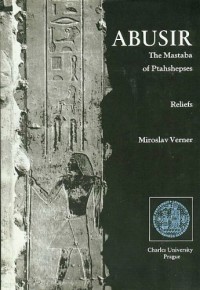
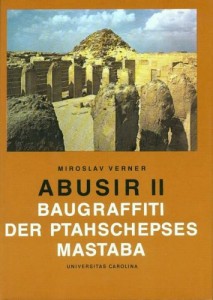
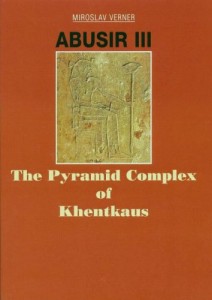
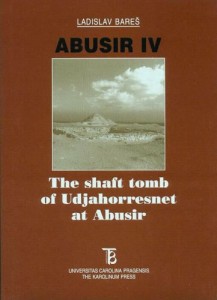
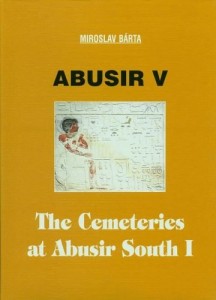















 Stumble It!
Stumble It!
